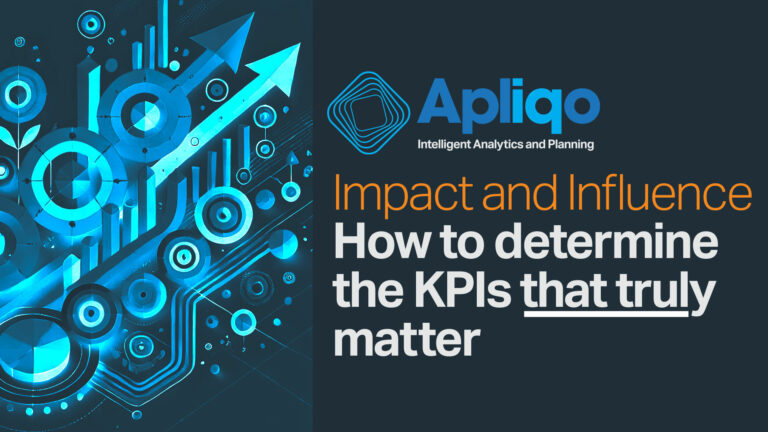It’s well understood at this point that the only sustainable way to drive specific behaviours in your organisation is to carefully design and implement effective incentives. When it comes to growing your business, these are often codified as key performance indicators (KPIs) – metrics that track key drivers for your business and allow you to evaluate the success of any strategic decision-making.
Not every KPI is created equal however and, as with so many decisions, the devil is in the details. In this article, we’ll explore how to select the right KPIs for your business so that you can align your company with the incentives that actually matter.
Selecting KPIs that demonstrate real impact
The first criterion that your chosen KPI needs to meet is that it needs to be genuinely impactful on the goals and objectives that you’ve set as an organisation. This might sound obvious but you would be surprised how often companies end up chasing a specific metric because it is easy to calculate and interpret, rather than one that actually moves the needle.
This is where having clarity on the overarching direction of the company really matters. Are you chasing revenue growth, market expansion, or customer satisfaction? If you know exactly what you’re trying to achieve, then you are well-placed to identify which drivers are most critical for achieving that result. The answers will be unique to each organisation and each stage of the market cycle – because they need to align with management’s ambition, the financial strength of the company, the investors’ risk tolerance, and the state of the industry in which a business is operating.
Ideally, this impact should be quantifiable. If you can tangibly measure the KPI, it allows for the results to be tracked over time, which then enables sophisticated analysis of the level of impact. Of course, this isn’t always possible, but it’s worth investigating creative measurement techniques that can reduce the KPI to numbers because it can be a significant enabler for crafting effective incentives.
In most cases, figuring this out is an exercise in subtraction rather than addition. The knack is to narrow down the few KPIs that matter and ignore the red herrings that threaten to disrupt your focus and spread out your resources. Any KPI that makes it through this process should be tried and tested, and it should be very clear that an improvement in the metric results in the company moving closer to whatever goal has been prioritised.
Select KPIs that are impactful.
Selecting KPIs that you can directly influence
The second criterion that matters when selecting KPIs is that it is something wholly under your control. When a KPI can be meaningfully shifted by something that you can’t influence, then you find yourself in a position where you can’t accurately evaluate how your actions are moving that metric. In these cases, there are too many variables to consider and it’s nearly impossible to isolate the drivers that you should be prioritising. As a result, decisions tend towards being more intuitive than data-driven and that’s not a process that can be successfully implemented at scale.
The other component of this is that you want a KPI that allows for direct accountability. At its core, a KPI is a performance management technique and you want to be able to use it as such – but this only works when it is directly influenced by the roles and responsibilities taken on by your staff members. Employees need clear, attainable targets that they can work towards and they won’t accept the objectives set if they feel like the result is out of their control.
When a KPI can be directly influenced by your actions, it allows for tight feedback loops that lead to more procedural decisions. Additionally, it encourages a culture of continuous improvement and helps team members to see the tangible impact they are having on the organisation.
Select KPIs that you can influence.
Test, review, and iterate
Finding the center of the Venn diagram between these two criteria is easier said than done, of course. And it’s probably unrealistic to expect that you can identify the perfect KPIs from top-down assumptions alone. The truth is that selecting the right KPIs is a process that is continuously in flux. As a company, you should always be testing these metrics for their accuracy, impact, and robustness because the circumstances are always changing.
Approaching this task with an open mind and a willingness to experiment is the only way to ensure that you’re getting the right result. Test your assumptions, review the results with a wide range of stakeholders, and then adjust your actions accordingly. This is the way to slowly inch towards codifying the KPIs that truly matter – so that you can align behind the meaningful few rather than the trivial many.
Once you do this, you can unlock a level of growth potential that can completely transform your organisation. The meta-work done will pay off again and again because your company can march forward with a strategic plan that drives the right behaviour on the ground. And that’s what builds companies into juggernauts.
Once you’ve selected those KPIs, you’ll need a software solution that can help you track them and report on them. That’s where Apliqo can help. Get in touch today to leverage the power of IBM Planning Analytics / TM1 for performance management at scale.







